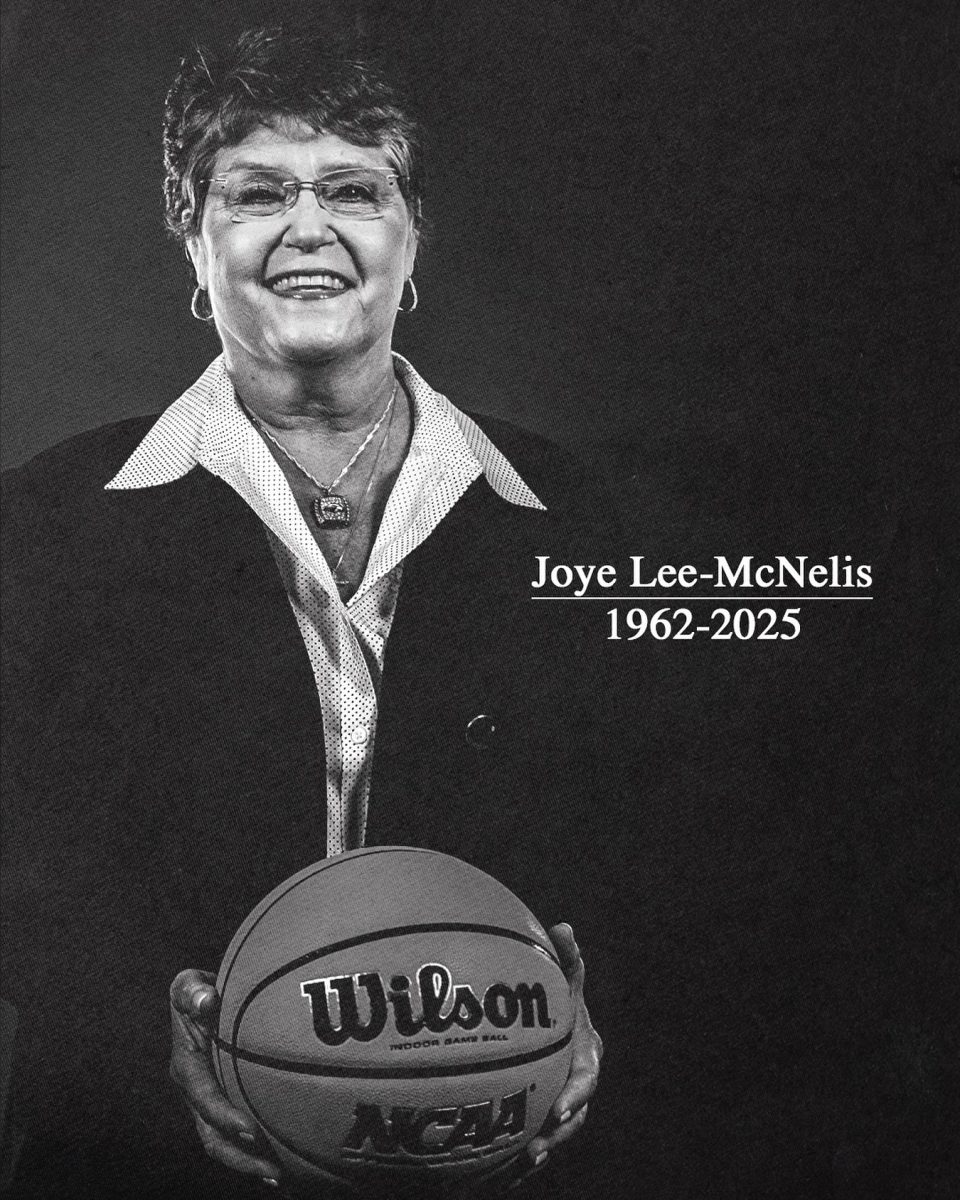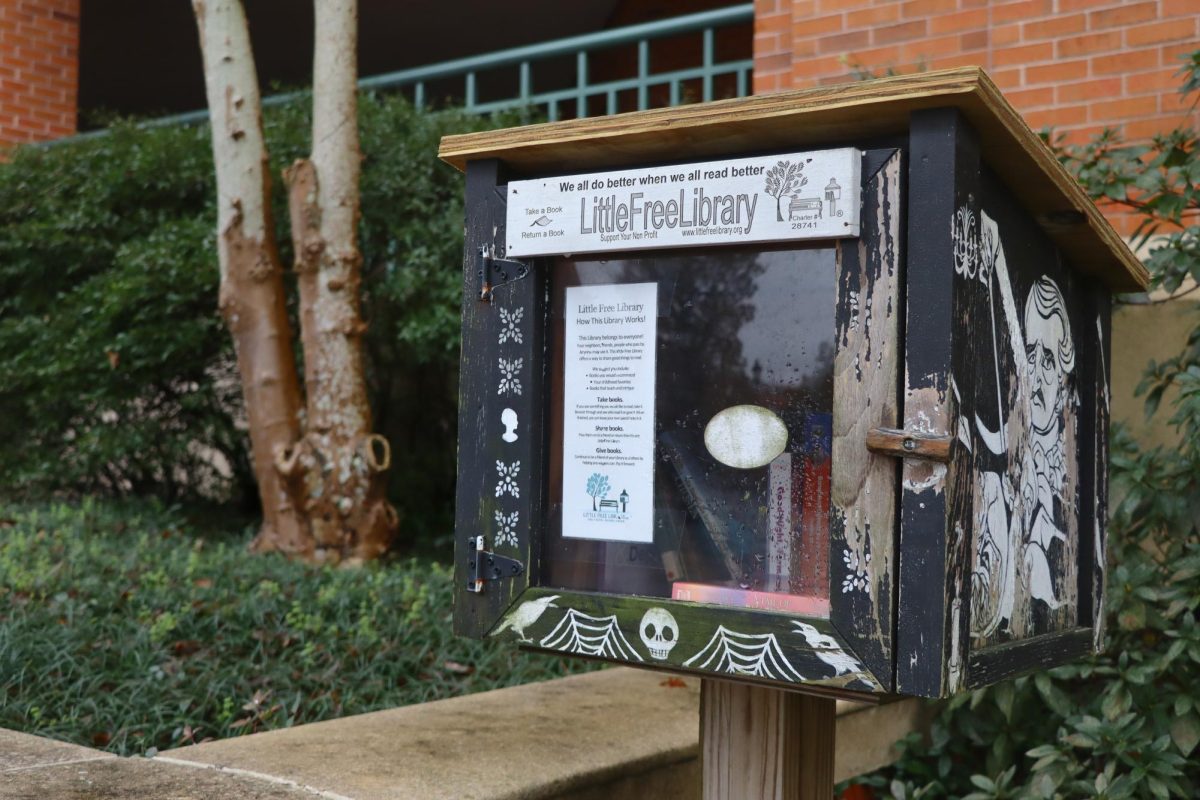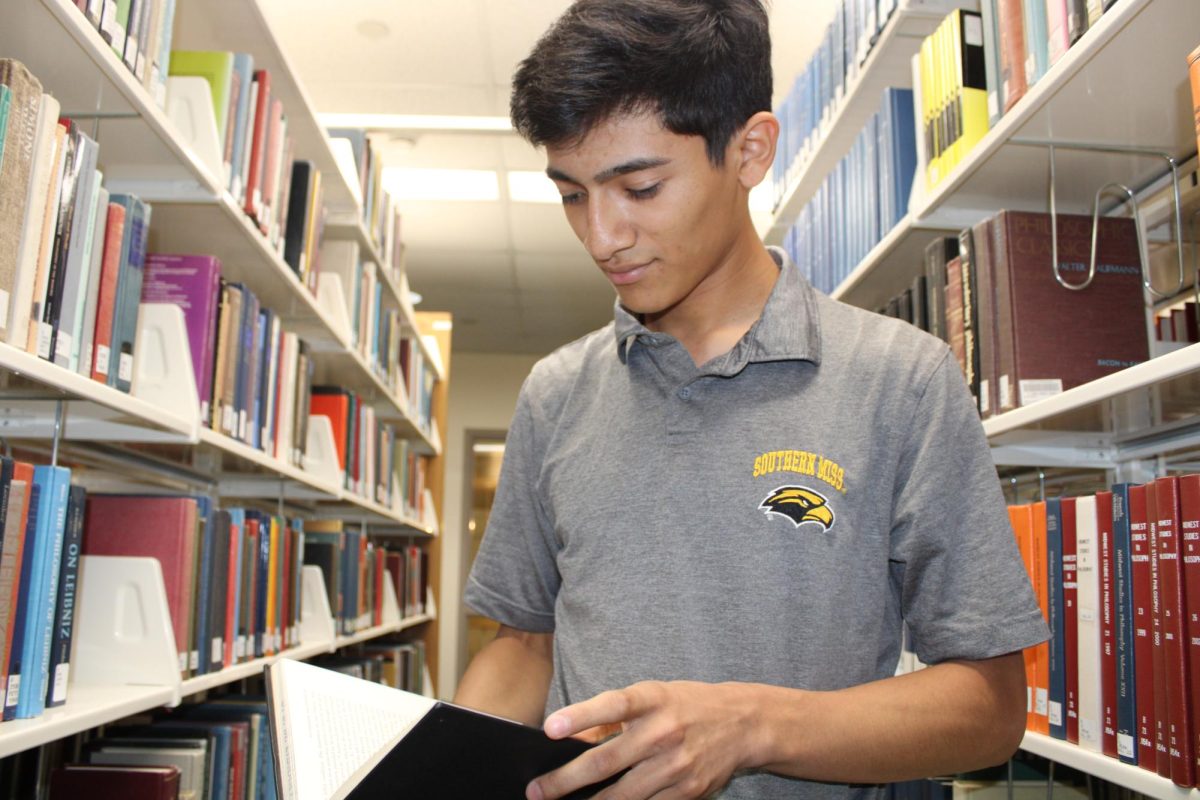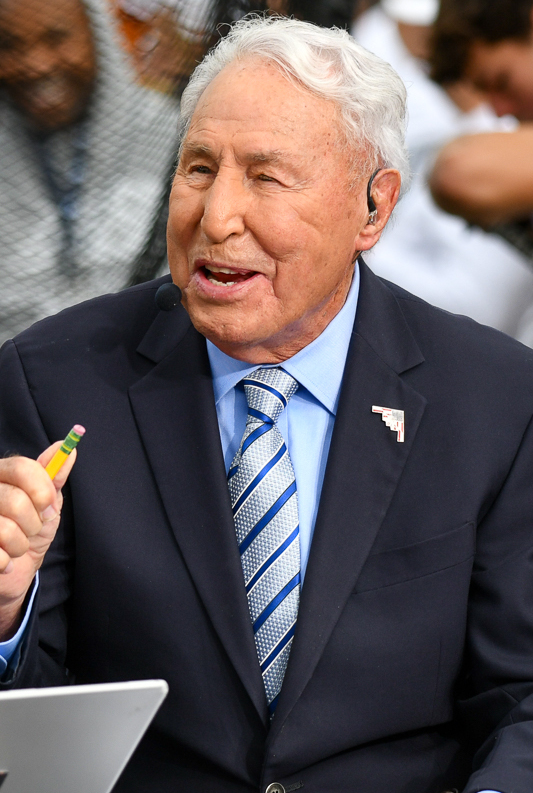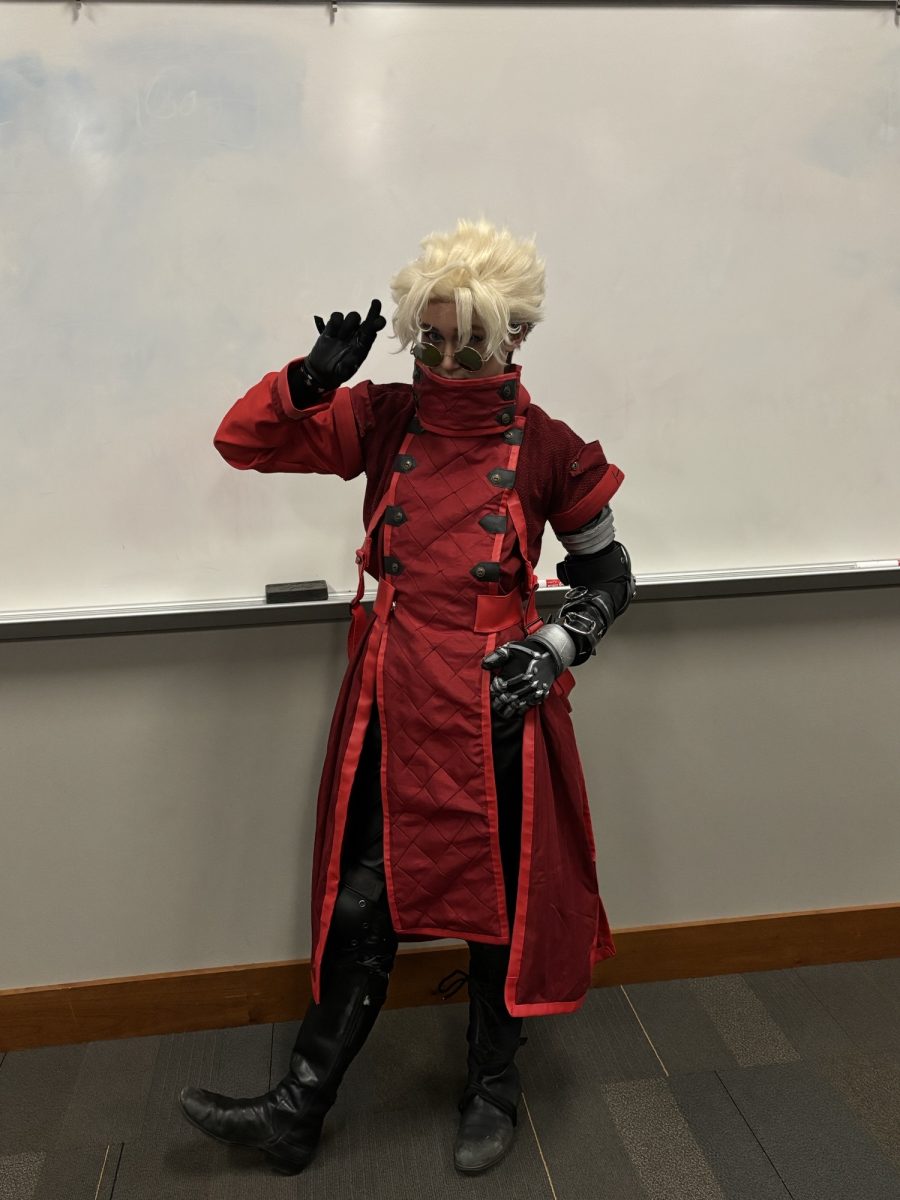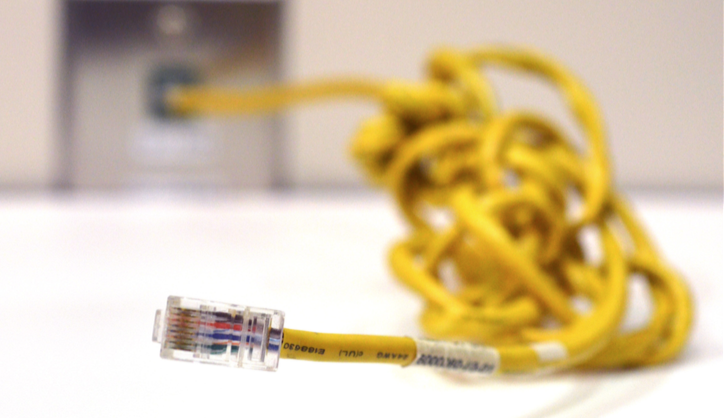If you have paid attention to any form of mass media lately, you have most likely seen and heard the growing media frenzy surrounding the recent outbreak of Ebola virus that has been ravaging the African continent. With the growing media fervor, the ever-increasing number of people affected by the disease and the fact that Ebola is not a disease that is native to the Americas, it felt appropriate to shed some light on this disease that is unfamiliar to most Americans.
According to the World Health Organization, Ebola is a virus that is transmitted from animals to humans and then is spread from human to human through blood, bodily secretions and bodily fluids. The disease has a 90 percent fatality rate. The initial symptoms of Ebola are fever, weakness, muscle pain, headache and sore throat, with later symptoms including vomiting, diarrhea and possible internal and external bleeding.
The first known cases of Ebola appeared in 1976, in Sudan and the Democratic Republic of the Congo. Since these initial outbreaks, the disease has not left the African continent. The reason for such a media uproar over this somewhat obscure African disease is that the 2014 outbreak has been the deadliest Ebola outbreak ever recorded, with over 1000 recorded deaths in the West African countries it is affecting: Guinea, Liberia, Nigeria and Sierra Leone. Another fact that is stoking the media’s fire is that two Ebola patients were treated at Emory University Hospital, marking the first time that the disease has been on American soil. According to the Center for Disease Control (CDC), Ebola does not pose a serious threat to the United States, despite the treatment of the two patients in the United States.
In effort to combat this deadly outbreak, the World Health Organization has allowed for the use of the experimental drug ZMapp, a drug that binds to the virus and allows for antibodies to remove the virus more easily. One of the people who helped bring ZMapp into the fight against Ebola is University of Southern Mississippi graduate Daniel Murin, a doctoral student at the Scripps Research Institute in San Diego. In an interview with Southern Miss Now, Murin admitted that a lack of research on the drug limited knowledge on the treatment’s usefulness.
“It will be interesting to see if there is a statistical significance (from taking ZMapp), but we need more cases (to study),” Murin said. Murin also agreed with the CDC’s view on the disease’s likelihood of affecting the United States, “We don’t have as much to worry about here in the U.S. in the event of an outbreak, because we have excellent medical care and the tools to combat it,” he said. “But it’s devastating for the affected countries in Africa.”

